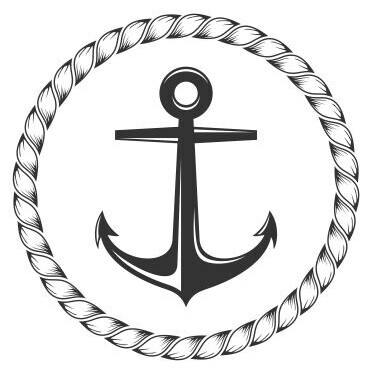- This topic has 6 replies, 4 voices, and was last updated 1 year, 4 months ago by
icedcappucino.
-
AuthorPosts
-
25/01/2020 at 11:02 #238
I have a question: Does this also apply to Singapore waters?
26/01/2020 at 10:45 #240Hello sailermoon,
“All ships flagged under countries that are signatories to MARPOL are subject to its requirements, regardless of where they sail and member nations are responsible for vessels registered on their national ship registry.”
https://en.m.wikipedia.org/wiki/MARPOL_73/78
Singapore as a global shipping hub is one of the signatory.
02/09/2020 at 12:26 #13455But how much exactly is 15ppm?
“PPM = parts per million
PPM is a term used in chemistry to denote a very, very low concentration of a solution. One gram in 1000 ml is 1000 ppm and one thousandth of a gram (0.001g) in 1000 ml is one ppm. One thousanth of a gram is one milligram and 1000 ml is one liter, so that 1 ppm = 1 mg per liter = mg/Liter.”
02/09/2020 at 12:57 #13459Another Question regarding Marpol Annex 1,
Special Areas; What is the differences in regulations between discharging of oil in machinery spaces in special area and non special area?
In Both special and non special area, since these critierias are to be made, are all similar
1) Ship must be enroute
2) Must pass through Oily water separator meeting requirement of regulation 14,
3) Must not exceed 15 ppm
4) Must not mix with cargo oil residue.The Catch is, only in Antartic area ( which is a also special area) that any discharge of oil is prohibited. Kindly correct if im wrong.
And so why are the other special areas so call name special areas in annex 1 ?
09/09/2020 at 15:30 #13717Some amendments made to the marpol from MEPC ( marine environment protection committee) on MAY 2019
http://www.imo.org/en/MediaCentre/MeetingSummaries/MEPC/Pages/MEPC-74th-session.aspx
Summary:
Marpol ammendments
- Allow use of electronic record books, Garbage record book, oil record book, garage record book etc. 1/10/2020
- Ammendment to cargo Annex II’s Cargo residues and tank washings of persistent floating noxious liquid substances; The amendments add new paragraphs to Annex II Regulation 13 – Control of discharges of residues of noxious liquid substances, to require prewash and discharge of residue/water mixture generated during the prewash to a reception facility, for specific products, in specified areas (North West European waters, Baltic Sea area, Western European waters and Norwegian Sea). 1/1/2021
- EEDI regulations for ice-strengthened ships 1/10/2020
- Codes ammendments
- IBC code ( ammendments to index of product in ibc code, products with do not apply with Ibc code, minimum requirements 1/1/2021
- Nox technical code ammentment ( amendment to requirements of diesel engines fitted with selective catalytic reduction (SCR) systems) 1/10/2020
- Exhaust gas cleaning system ( scrubber) review of the 2015 Guidelines on Exhaust Gas Cleaning Systems (EGCS),
- Sulphur limit – global sulphur cap 0.5% 1/1/2020
Marine plastic little action plan -plans to meet the sea plastic free
Ballast water treatment treaty – changes to implementation on the timeline on data gathering & a experience building phase13/09/2020 at 10:18 #13728Anyone have more detailed information on the possible proposed future annexes?
Annex VII – Prevention of pollution by Ballast water
Annex VIII- Prevention of pollution by Anti fouling paint
Annex IX – Prevention of pollution by noise from ship
Annex X – Prevention of pollution by vibration from ship24/01/2024 at 14:58 #14551 -
AuthorPosts
- You must be logged in to reply to this topic.
